The Macchiaioli are protagonists in Brescia, in the rooms of Palazzo Martinengo, with the exhibition I macchiaioli, scheduled from January 20 to June 9, 2024 in the historic 16th-century residence in the heart of the Lombard city. The exhibition, curated by Francesca Dini and Davide Dotti, organized by the Associazione Amici di Palazzo Martinengo, under the patronage of the Province of Brescia, the Municipality of Brescia and the Fondazione Provincia di Brescia Eventi, presents more than 100 works by Giovanni Fattori, Silvestro Lega, Telemaco Signorini, Vincenzo Cabianca, Odoardo Borrani, Giuseppe Abbati and other artists, mostly from private collections (usually inaccessible) and important museum institutions such as the Uffizi Galleries in Florence, the “Leonardo da Vinci” Museum of Science and Technology in Milan, the National Gallery of Modern Art in Rome, the Matteucci Institute in Viareggio and the Ente Cassa di Risparmio di Firenze.
Divided into ten sections, the Brescian exhibition aims to recount the exciting adventure of these painters who, eager to distance themselves from the academic institution in which they had been trained under the influence of important masters of Romanticism such as Hayez and Bezzuoli, came in a short time to write one of the most poetic pages in the history of art, not only Italian but European. And it is precisely because of the universal values that underlie it that the art of the Macchiaioli is so modern and relevant: some of the masterpieces on display in the exhibition such as Borrani’s Red Shirt seamstresses , Fattori’s Harvest of Hay in Maremma, Lega’s I fidanzati and Signorini’s Pascoli a Castiglioncello remain indelibly etched in the memory, captivating for their pictorial, lyrical and luministic quality.
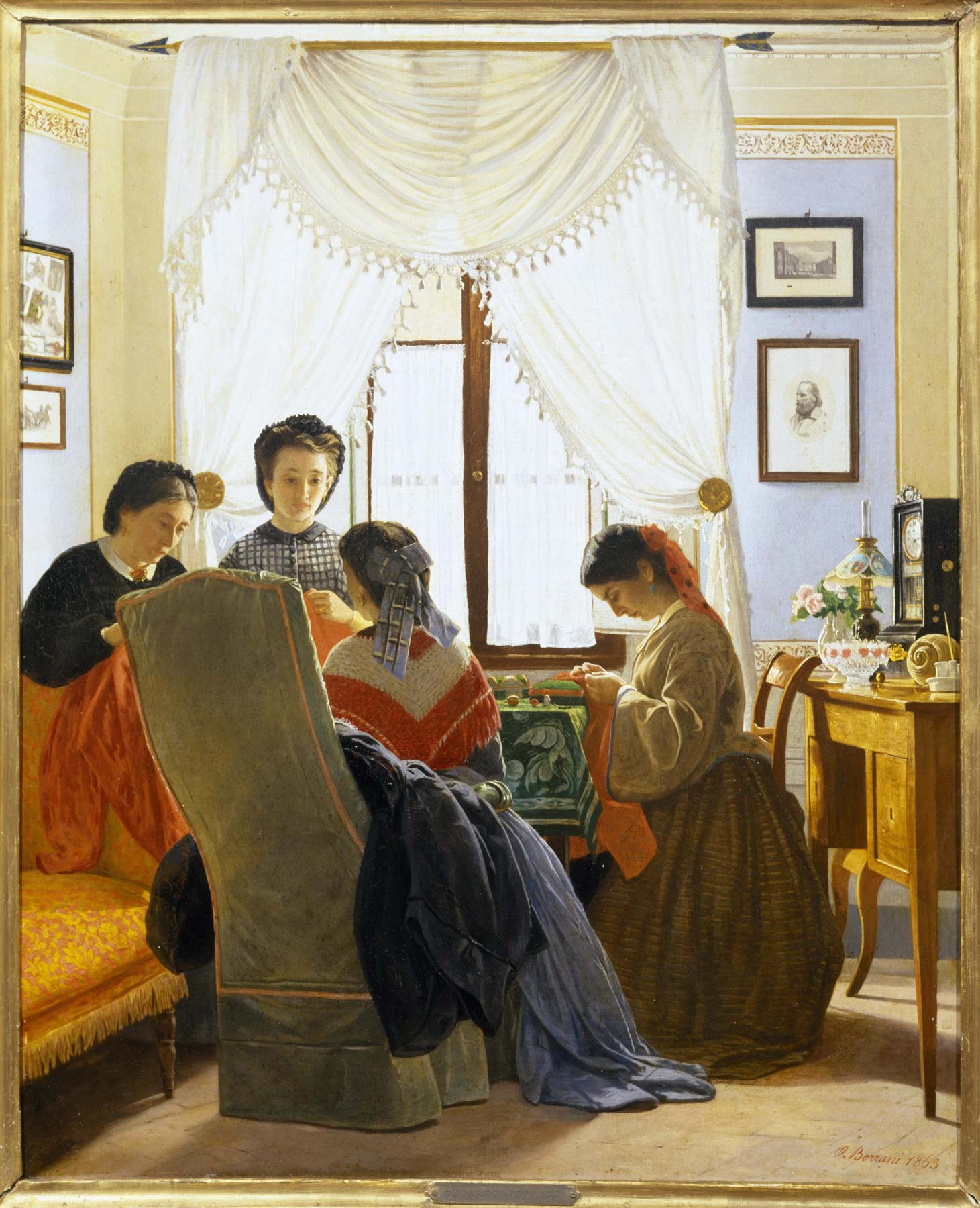
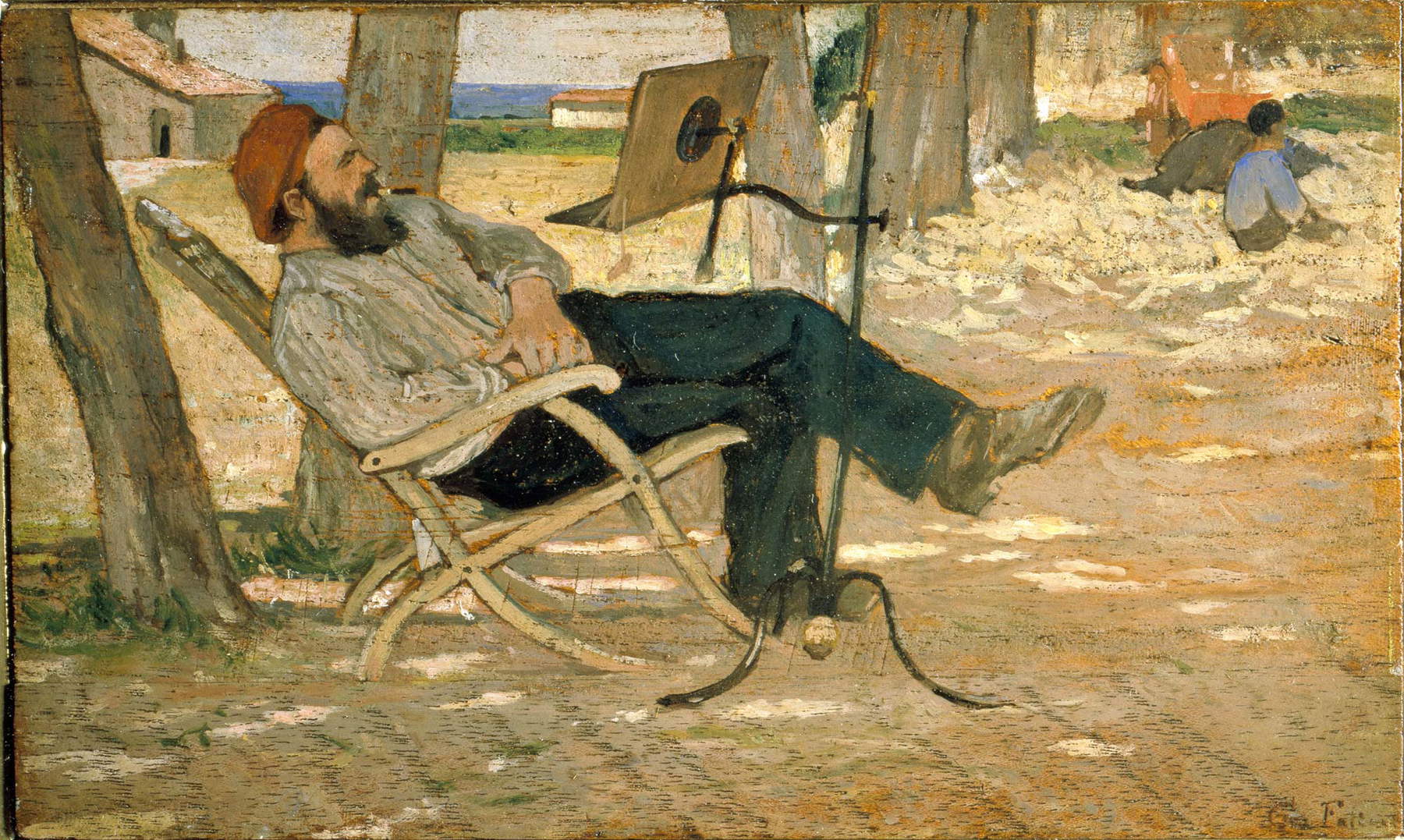
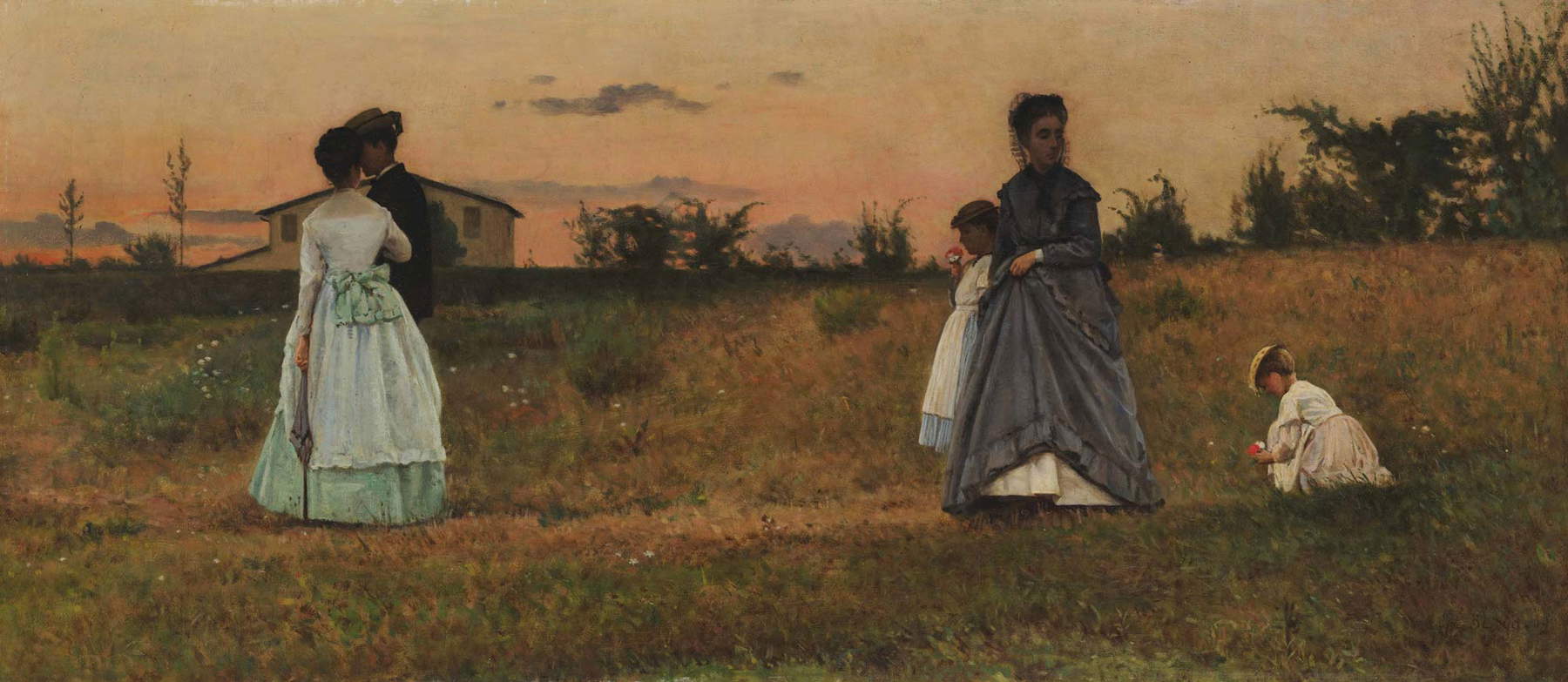
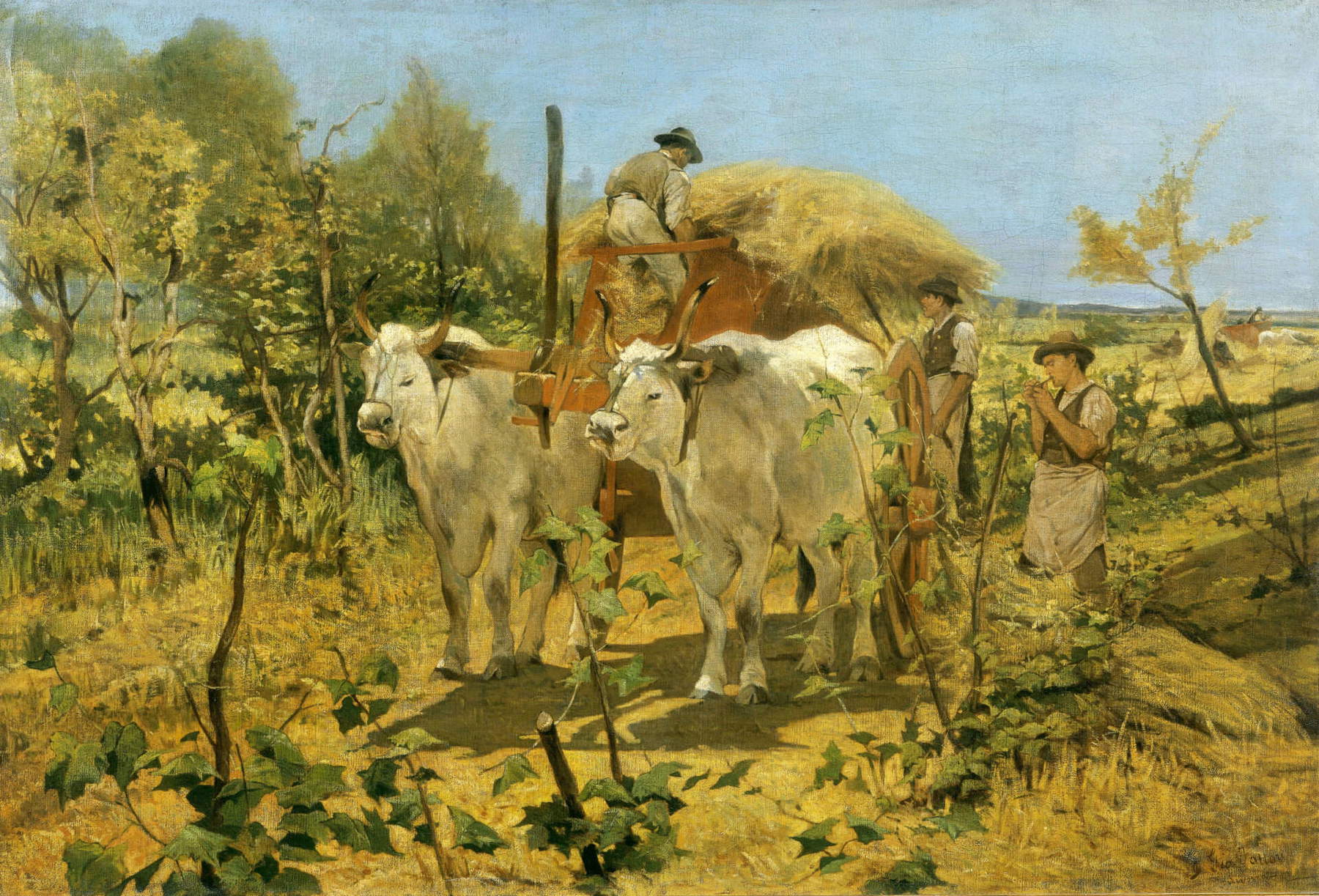
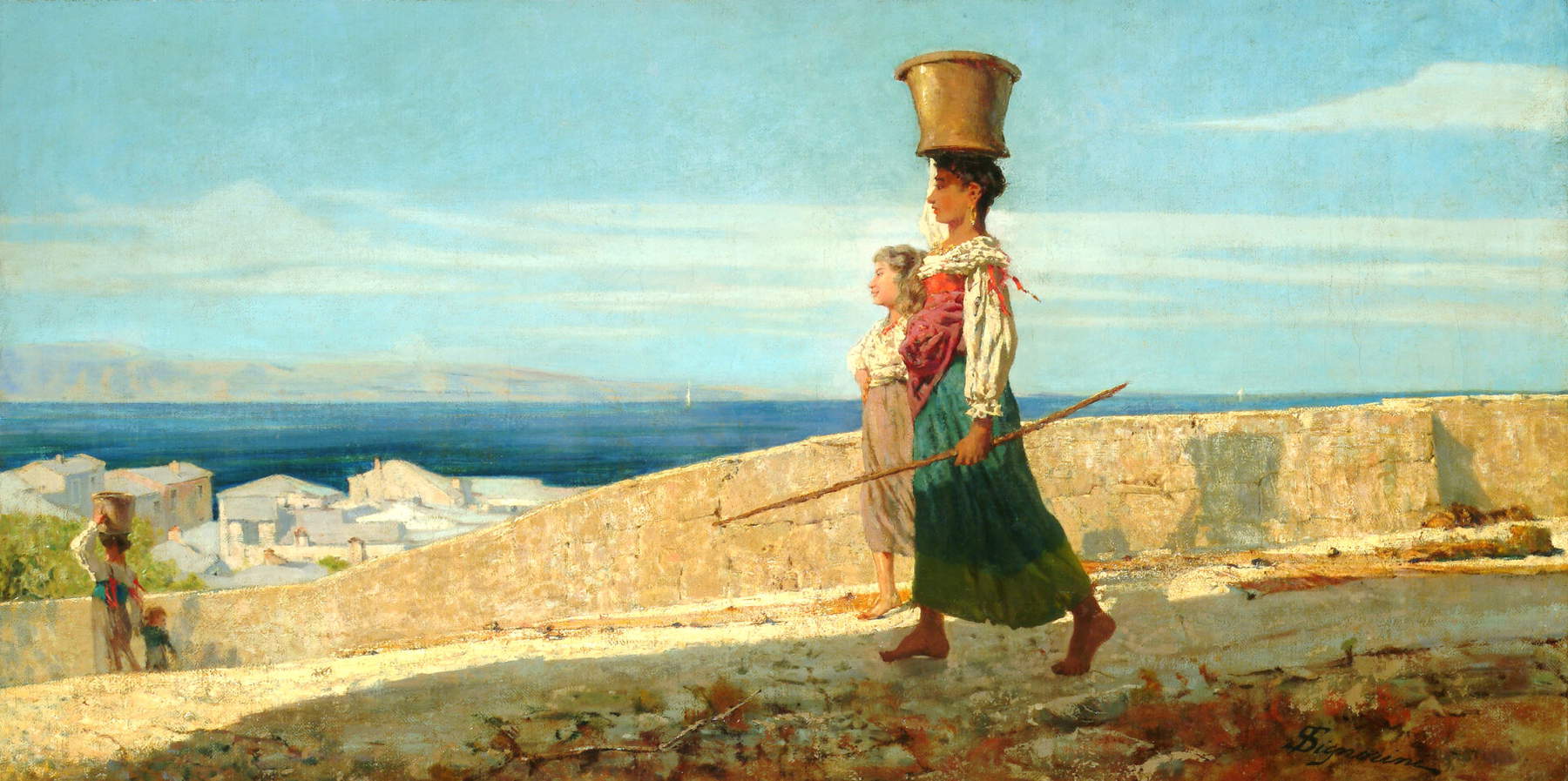
The exhibition at Palazzo Martinengo brings together the “key” works of this path with the aim of recounting the different moments of the Macchiaioli’s research, the places they were familiar with (e.g., Caffè Michelangiolo in Florence, Castiglioncello, Piagentina, the Maremma and Liguria), their confrontation with other artists and with the different European schools of painting; their bewilderments, the ability to collectively question themselves and to steer, if necessary, the rudder to continue on the road of progress and modernity without ever abandoning the highroad of light and stain.
The term “Macchiaioli” was coined in 1862 by a reviewer of the Gazzetta del Popolo of Florence, who thus defined those painters who around 1855 had given rise to a renewal in an anti-academic key of Italian painting in a realist sense. The meaning was obviously derogatory and played on a particular double meaning: to give oneself to the bush, in fact, means to act furtively, illegally. In the light of the most recent research, the story of the Macchiaioli takes on an increasingly significant critical relevance, because they established an open, purposeful and daring dialogue with the most important artistic communities of Europe at the time.
The exhibition is the new exhibition event of the Associazione Amici di Palazzo Martinengo, which follows on from the exhibitions Il Cibo nell’Arte dal Seicento a Warhol (2015), Lo Splendore di Venezia. Canaletto, Bellotto, Guardi and the Vedutists of the Nineteenth Century (2016), Da Hayez a Boldini. Souls and Faces in Nineteenth-Century Italian Painting (2017), Picasso, De Chirico, Morandi. One Hundred Masterpieces from Brescia’s Private Collections (2018), Animals in Art from the Renaissance to Ceruti (2019), Women in Art. From Titian to Boldini (2020-2022), Lotto, Romanino, Moretto, Ceruti. The Champions of Painting in Brescia and Bergamo (2023), visited by more than 350,000 people.
 |
| An exhibition in Brescia on the Macchiaioli with more than 100 works by Fattori, Signorini and colleagues |
Warning: the translation into English of the original Italian article was created using automatic tools. We undertake to review all articles, but we do not guarantee the total absence of inaccuracies in the translation due to the program. You can find the original by clicking on the ITA button. If you find any mistake,please contact us.